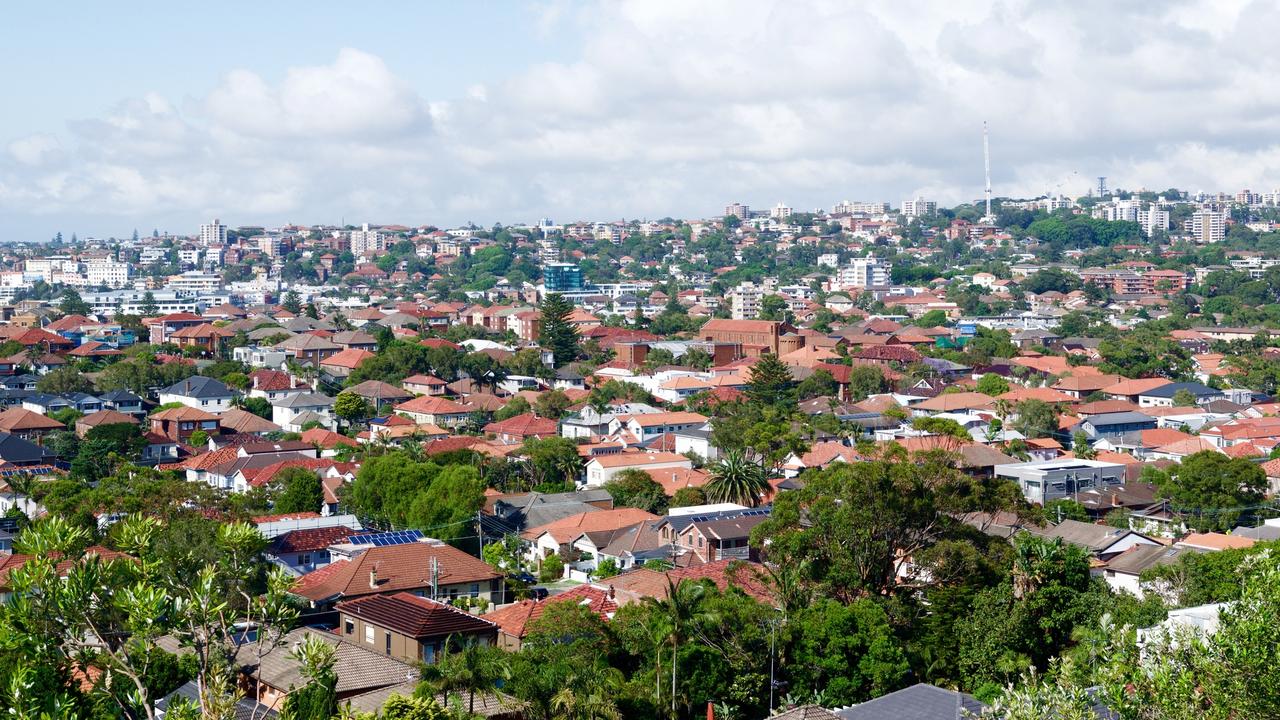Housing auction volumes dip but Sydney market stays strong
There are further signs the red-hot housing market may be cooling off — but one major city is staying strong.

Business Breaking News
Don't miss out on the headlines from Business Breaking News. Followed categories will be added to My News.
The latest housing auction figures show yet further signs the overheated market may be cooling off, but one major city is holding firm.
CoreLogic data released on Monday showed auction volumes were down slightly week-on-week, with 2892 homes going under the hammer across the combined capital cities compared with 3016 the previous week.
Preliminary results indicate a 79 per cent success rate, while the preliminary clearance rate for the previous week was 78.6 per cent, which was revised down to 77.2 per cent in final figures.
Sydney was the standout performer, with auction volumes remaining steady, while the final clearance rate has held above 80 per cent for 13 of the past 14 weeks.
“This week is likely to be no different once the remaining results are collected,” CoreLogic’s Caitlin Fono said.

In Melbourne, the number of homes taken to auction fell but the reported success rate was up at 77.6 per cent, from 74.1 per cent previously.
The best preliminary clearance rates were in Canberra (87.8 per cent), while just 60 per cent of reported auctions in Perth were successful.
In the regions, which have proved extremely popular during the pandemic as house hunters seek better lifestyles, every single property in Newcastle and Lake Macquarie that went up for auction was sold.
But multiple experts have recently pointed to Australia’s housing boom waning, including AMP Capital chief economist Shane Oliver, who points to the long-term decline in interest rates bottoming out, property undersupply swinging towards oversupply and the “escape from the city” phenomenon taking some pressure off city prices in the decade ahead.

In other property research released on Monday, Morgan Stanley questioned whether the apparent recovery in large shopping malls heavily occupied by discretionary retailers was an “illusion”, saying foot traffic numbers only told part of the story.
“Much of the focus on the post-COVID snapback has been on recovering visitations across the shopping malls and the improving rent collection statistics,” the researchers said
But a not often talked about metric – trade debtors balance – blew out in the past 12 months due to the pandemic so was worth keeping an eye on, Morgan Stanley said.
In the case of shopping malls, rents are typically collected in advance, tenants are generally billed at the start of the month and payment is due by the end of the first week, although supermarkets have until the middle of the week.
So the trade debtors balance – outstanding unpaid invoices – is usually only for a short period and still falls within the terms of lease agreements but could be telling.

Originally published as Housing auction volumes dip but Sydney market stays strong







